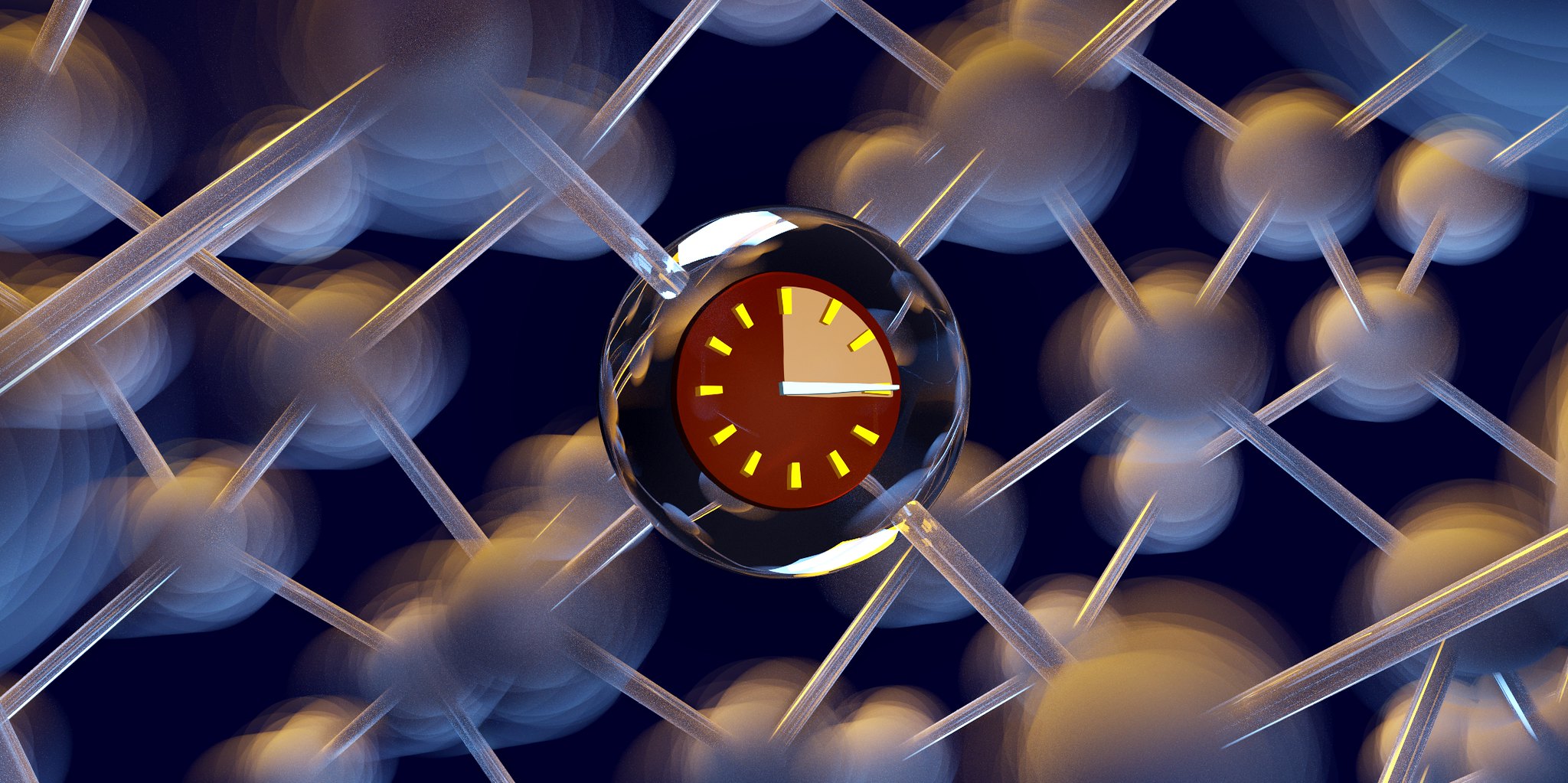 EMERGING TECH
EMERGING TECH
 EMERGING TECH
EMERGING TECH
 EMERGING TECH
EMERGING TECH
Researchers at the Amazon Web Services Inc.-led AWS Center for Quantum Computing have published what they say is their first architecture paper today, describing a theoretical blueprint for a fault-tolerant quantum computer.
The paper proposes an entirely new and apparently workable approach to the problem of “quantum error correction,” which is a key challenge that must be overcome in order to devise a working quantum computer that can live up to its full potential.
The problem with quantum computers is that they’re incredibly fragile machines. Their potential comes from the fact they use “qubits” to perform computations, rather than the “bits” found in traditional computers. Whereas bits can hold a state of 0 or 1, qubits can be a 0, a 1 or both states at the same time. It’s this property that allows otherwise impossible computations to be performed, making them far more powerful than traditional computers can ever be.
Unfortunately though, the qubits become incredibly unstable as soon as they’re exposed to the outside environment, which means the calculations they perform cannot be relied upon. The challenge is that you can’t do anything with the qubits without exposing them to the environment. So, as soon as you start performing calculations, something called decoherence sets in, which means errors start to appear and undermine the results of those calculations.
So Amazon’s researchers have suggested a new approach to quantum error correction that, in a nutshell, works by redundantly encoding information into a protected qubit using many other physical qubits. The researchers say an error-corrected quantum computer will be able to execute quantum algorithms despite the “noisy hardware” that remains prone to errors.
“The caveat, though, is that implementing quantum error correction at scale is a monumental scientific and engineering challenge, and the quantum computing field is still in the early stages of development,” Patricio Arrangoiz-Arriola and Earl Campbell wrote in a blog post. “In particular, the resource overhead of popular approaches such as the surface code are very large, requiring hundreds to thousands of physical qubits for every encoded logical qubit.”
Amazon’s researchers basically propose using an architecture that encodes information in “cat qubits,” wherein the qubits are kept in quantum superpositions of coherent states with opposite phases.
The hardware would require a system of acoustic resonators that are coupled with the superconducting circuits in a two-dimensional layout, the researchers said.
“It is based on hybrid acoustic-electro devices to implement a stabilized cat code with highly biased noise, dominated by dephasing,” the researchers wrote. “This cat code is then concatenated with an outer code that focuses mostly on correcting the dephasing errors. Our estimated overheads for performing fault-tolerant quantum algorithms showcase the promise of this approach.”
Amazon’s researchers have not built this system yet, but they said it has been successfully simulated on the AWS cloud. However, it remains a work in progress for now. “There are several interesting directions for future work to improve on our current proposal,” the researchers said.
The paper was published on the same day as Amazon announced that the AWS Center for Quantum Computing will fund a new research project led by a group of scientists at the Racah Institute of Physics at the Hebrew University of Jerusalem.
Professor Alex Retzker of the Hebrew University and the AWS Center for Quantum Computing will lead the research, which will focus on advancing the design of quantum gates, or the building blocks of quantum computing circuits. Essentially, the group will be looking to address the same problem of quantum error correction, but it wasn’t mentioned if it will try to improve the approach described above or come up with an alternative method.
Amazon Web Services has not yet created its own quantum computing system, unlike rival firms such as Google LLC and IBM Corp. It does however, provide access to quantum computing systems built by other companies through the Amazon Braket service.
Amazon has also thrown its weight behind an open-source initiative called the PennyLane framework, which is a “hybrid quantum computing,” approach that involves using classical computing resources alongside quantum processors. The idea with PennyLane is to use classical computers to help mitigate the effects of decoherence on qubits.
Constellation Research Inc. analyst Holger Mueller said today’s updates show that if anyone thought that Amazon had missed the quantum computing trend, they need to think again.
“Not surprisingly, Amazon is working on the big problem of quantum error correction,” Mueller said. “Remember the term ‘cat qubits,’ and if that suddenly becomes a thing in the quantum world in the next few years, it means Amazon is onto something big.”
Support our mission to keep content open and free by engaging with theCUBE community. Join theCUBE’s Alumni Trust Network, where technology leaders connect, share intelligence and create opportunities.
Founded by tech visionaries John Furrier and Dave Vellante, SiliconANGLE Media has built a dynamic ecosystem of industry-leading digital media brands that reach 15+ million elite tech professionals. Our new proprietary theCUBE AI Video Cloud is breaking ground in audience interaction, leveraging theCUBEai.com neural network to help technology companies make data-driven decisions and stay at the forefront of industry conversations.